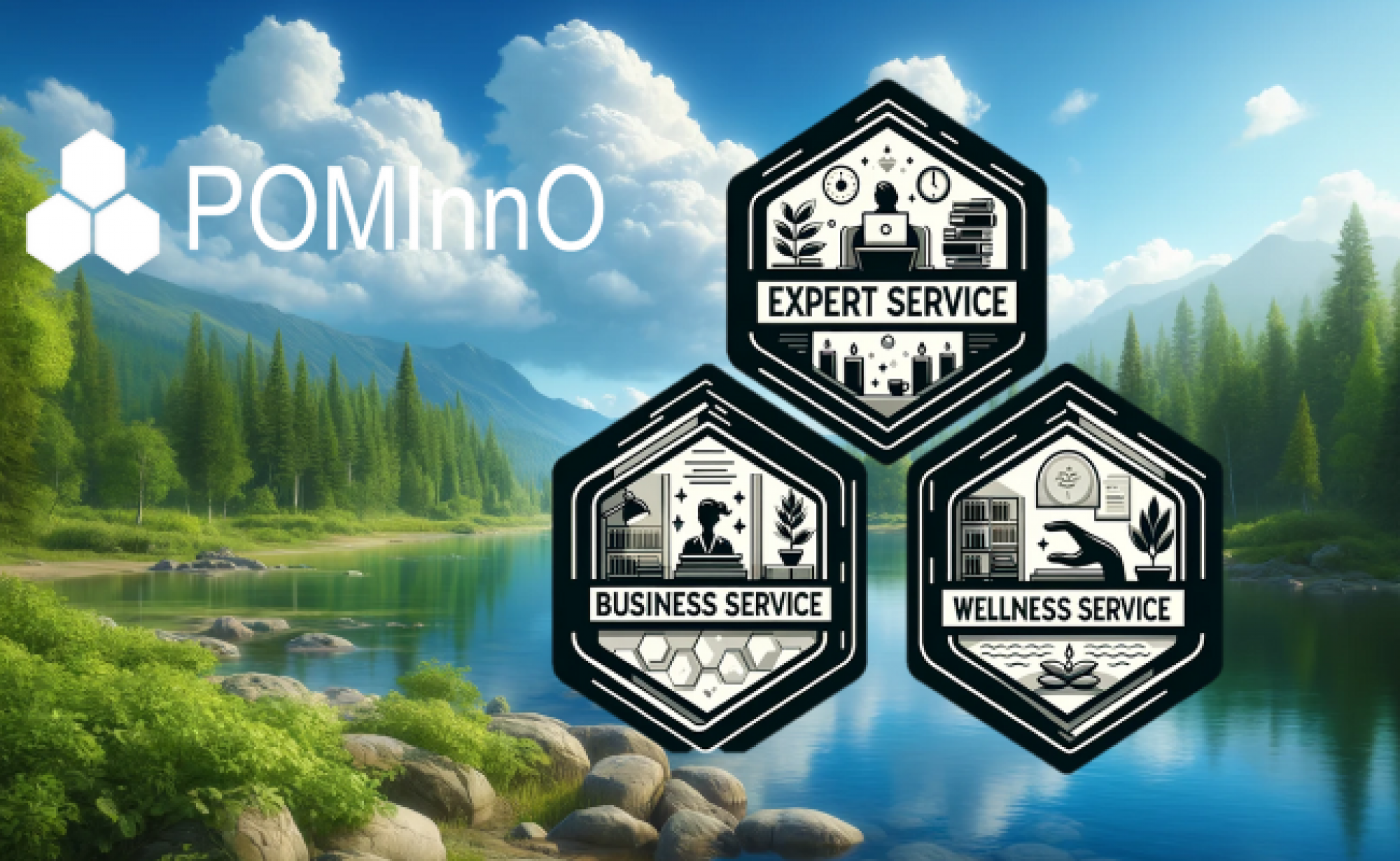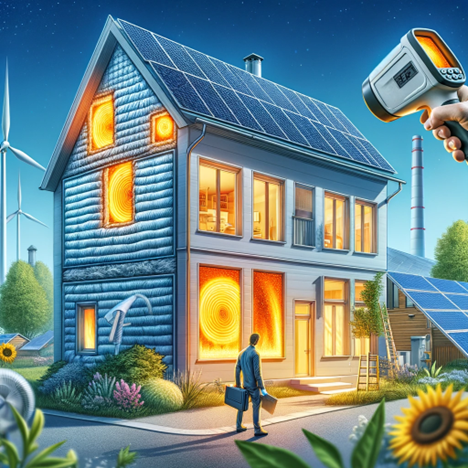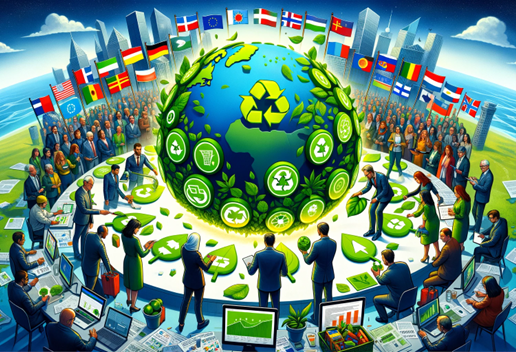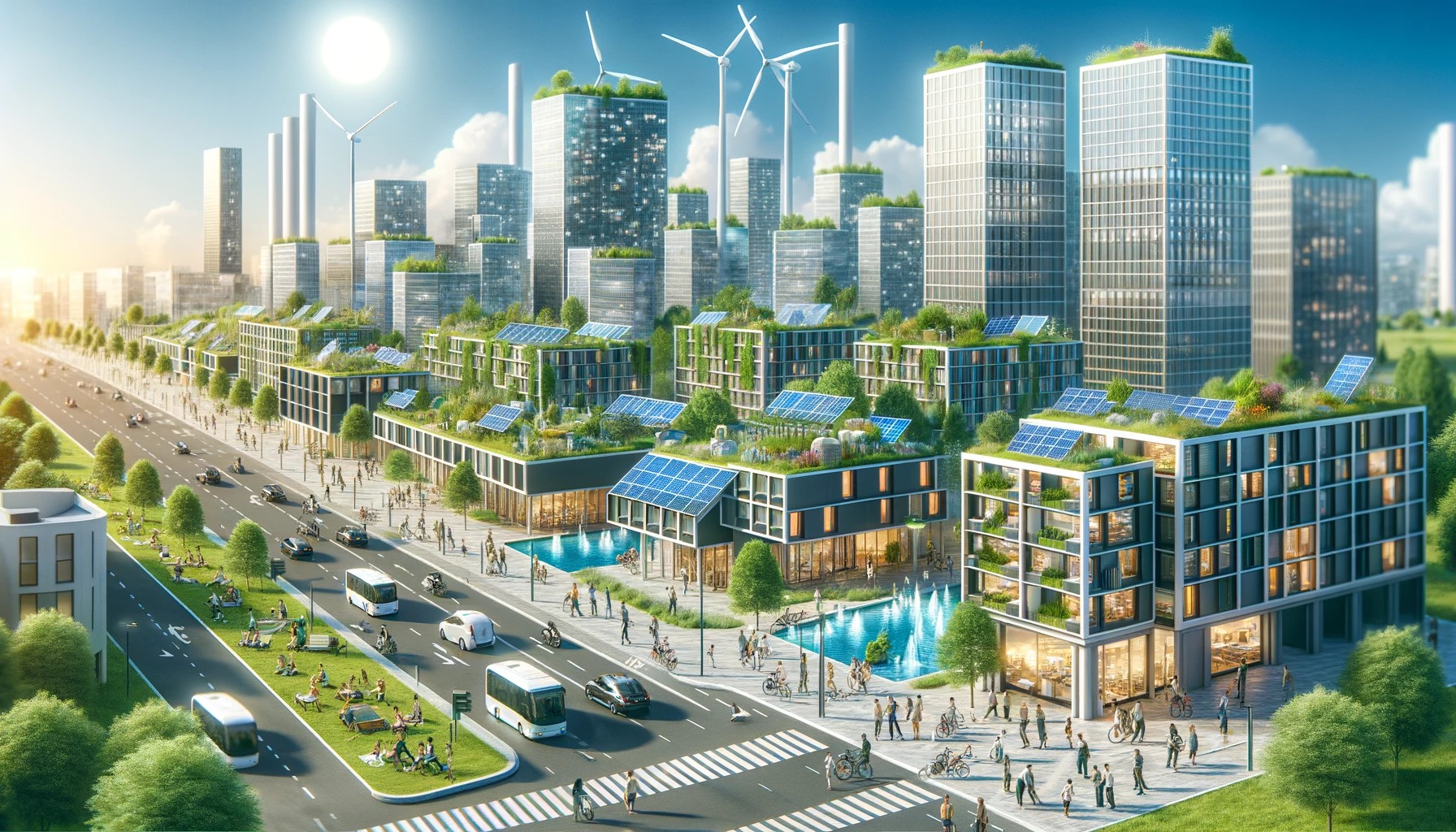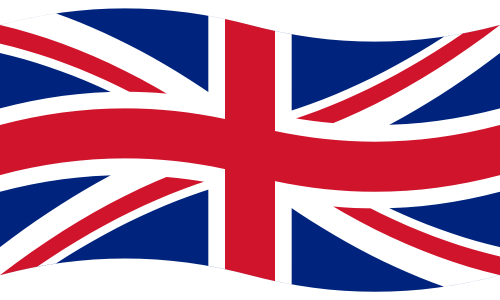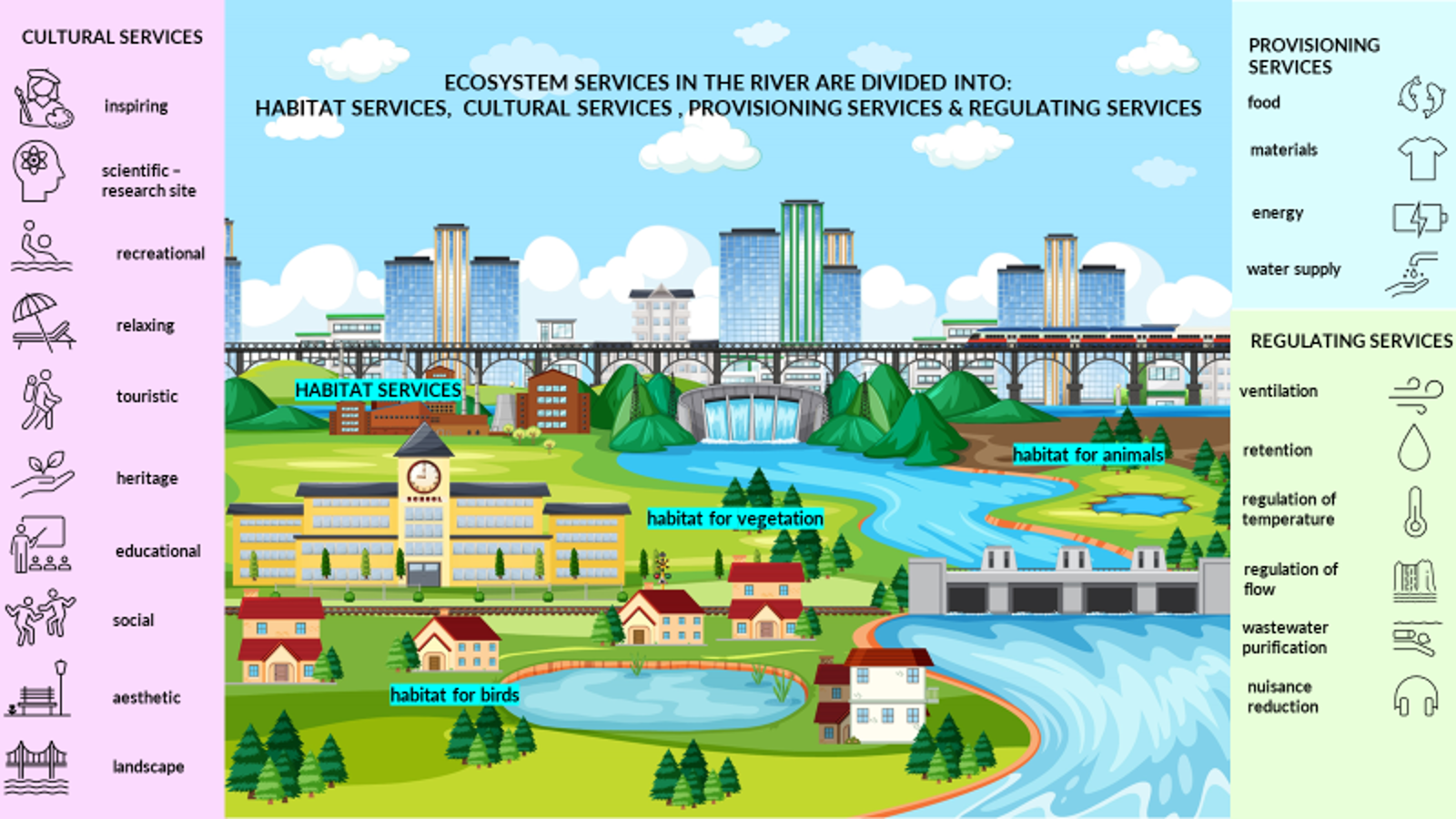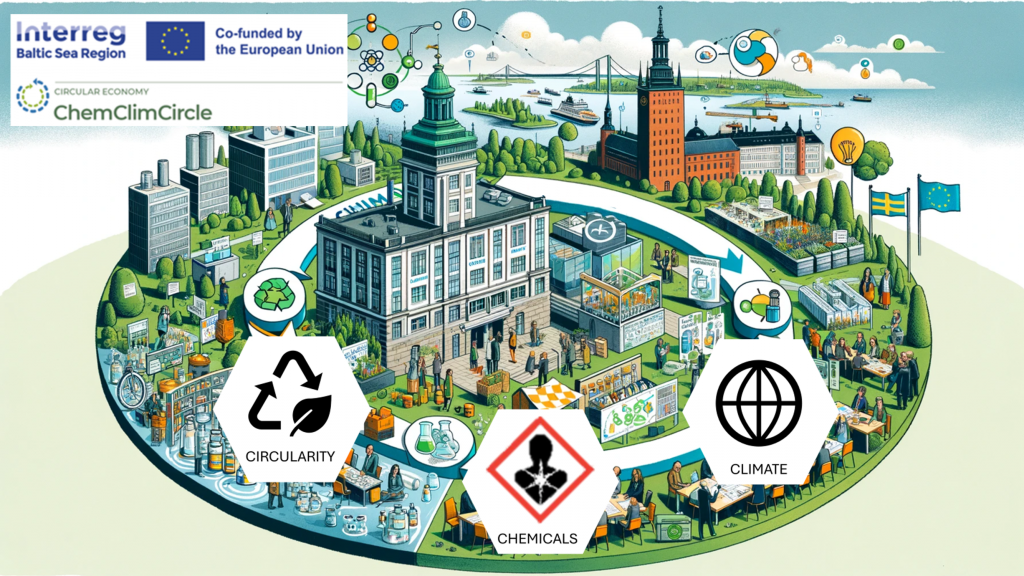
In the quest for sustainability, the public sector plays a crucial role. Through Green Public Procurement (GPP), municipalities and governments can set a powerful example by choosing goods and services that have a reduced environmental impact. However, achieving true sustainability requires more than just a focus on green products; it requires a holistic approach that integrates chemicals, climate, and circularity. This is where the ChemClimCircle project steps in.
What is ChemClimCircle?
ChemClimCircle is an innovative project designed to address the complex interplay between chemicals, climate, and circularity in public procurement processes. The project’s primary aim is to ensure that materials procured by municipalities are not only circular and climate-neutral but also free from harmful toxins. This integrated approach is crucial for creating a truly sustainable and safe circular economy.
The Need for Integration
Public procurement is a powerful tool for driving environmental change. However, traditional procurement practices often overlook the interconnectedness of chemical safety, climate impact, and material circularity. For instance, a product might be climate-neutral but contain harmful chemicals, or it might be free of toxins but contribute to greenhouse gas emissions during its lifecycle.
To address these gaps, ChemClimCircle focuses on developing a comprehensive procurement concept that assesses the interlinks, conflicts, and dependencies between these three critical aspects. By doing so, it aims to provide municipalities with the guidance and tools needed to make informed, sustainable procurement decisions.
Key Components of ChemClimCircle
Concept Development:
• Assessing the interconnections between circularity, chemical risks, and climate neutrality.
• Identifying potential conflicts and dependencies in procurement processes.
Guidance and Training:
• Creating detailed guidance documents and training modules for procurement specialists and decision-makers in municipalities.
• Ensuring these materials are practical and applicable to real-world scenarios.
Internal and External Management Strategies:
• Developing internal strategies for municipalities to coordinate ChemClimCircle aspects.
• Providing external support for municipalities, particularly in the Eastern Baltic Sea Region, through round tables and collaborative efforts.
Stakeholder Engagement:
• Mapping target groups and initiating dialogues with stakeholders.
• Creating platforms for larger collaborative actions and networking opportunities.
International Collaboration:
• Organizing international think tank workshops to discuss findings, share best practices, and receive feedback from a diverse group of experts.
Transforming Public Procurement
ChemClimCircle aims to transform public procurement by embedding the principles of chemicals safety, climate neutrality, and circularity into the procurement processes. This involves:
- Assessing Procurement Processes: Municipalities need to evaluate their current procurement practices to identify areas where improvements can be made in terms of sustainability.
- Developing Comprehensive Criteria: Establishing procurement criteria that ensure products and services are circular, climate-neutral, and free from harmful chemicals.
- Training and Capacity Building: Providing ongoing training for procurement officials to keep them informed about the latest sustainable procurement practices and standards.
- Monitoring and Evaluation: Continuously monitoring procurement outcomes to ensure they align with the ChemClimCircle principles and making adjustments as necessary.
Benefits of Integrated Green Public Procurement
By integrating chemicals, climate, and circularity into public procurement, municipalities can:
- Reduce Environmental Impact: Lower greenhouse gas emissions, decrease waste, and minimize the use of toxic substances.
- Enhance Public Health: Promote the use of non-toxic materials, leading to healthier environments for residents.
- Promote Innovation: Encourage the development and adoption of sustainable products and services.
- Lead by Example: Set a standard for sustainable practices that can inspire other sectors and regions to follow suit.
The Road Ahead
As ChemClimCircle progresses, it aims to create a ripple effect, influencing more municipalities and regions to adopt integrated procurement practices. By addressing the critical links between chemicals, climate, and circularity, the project sets a new standard for sustainable public procurement.
For those involved in public procurement, the ChemClimCircle project offers invaluable insights and practical tools to navigate the complexities of sustainable procurement. By adopting these practices, municipalities can not only reduce their environmental footprint but also lead the way towards a safer, healthier, and more sustainable future.
Stay tuned for more updates on our journey towards integrating chemicals, climate, and circularity in Green Public Procurement. Together, we can make a difference!
For more information about the ChemClimCircle project and how you can get involved (fill in the formular here), visit our website and follow us on social media. Let’s work together for a sustainable future! 🌍🌿🔄
